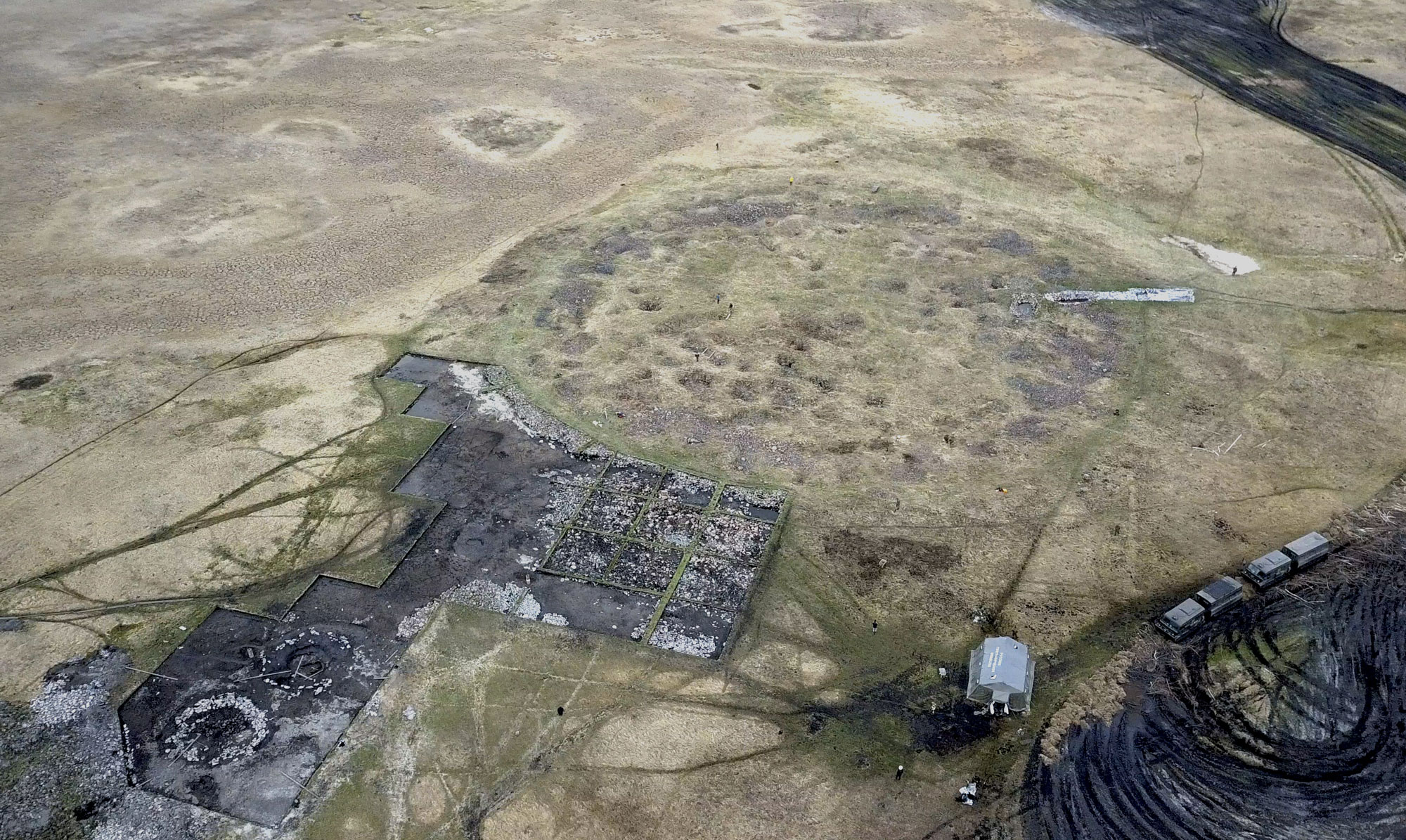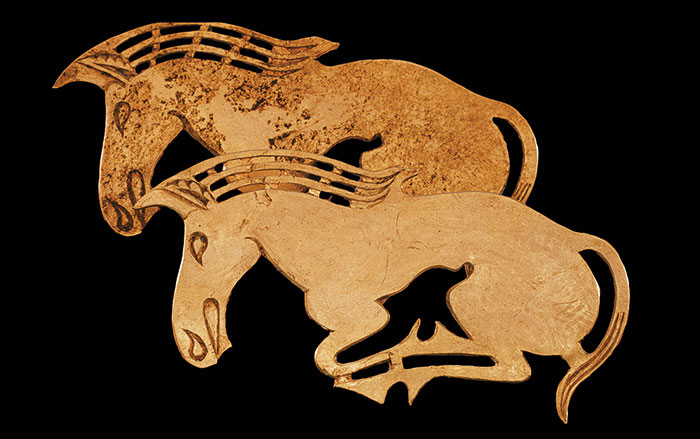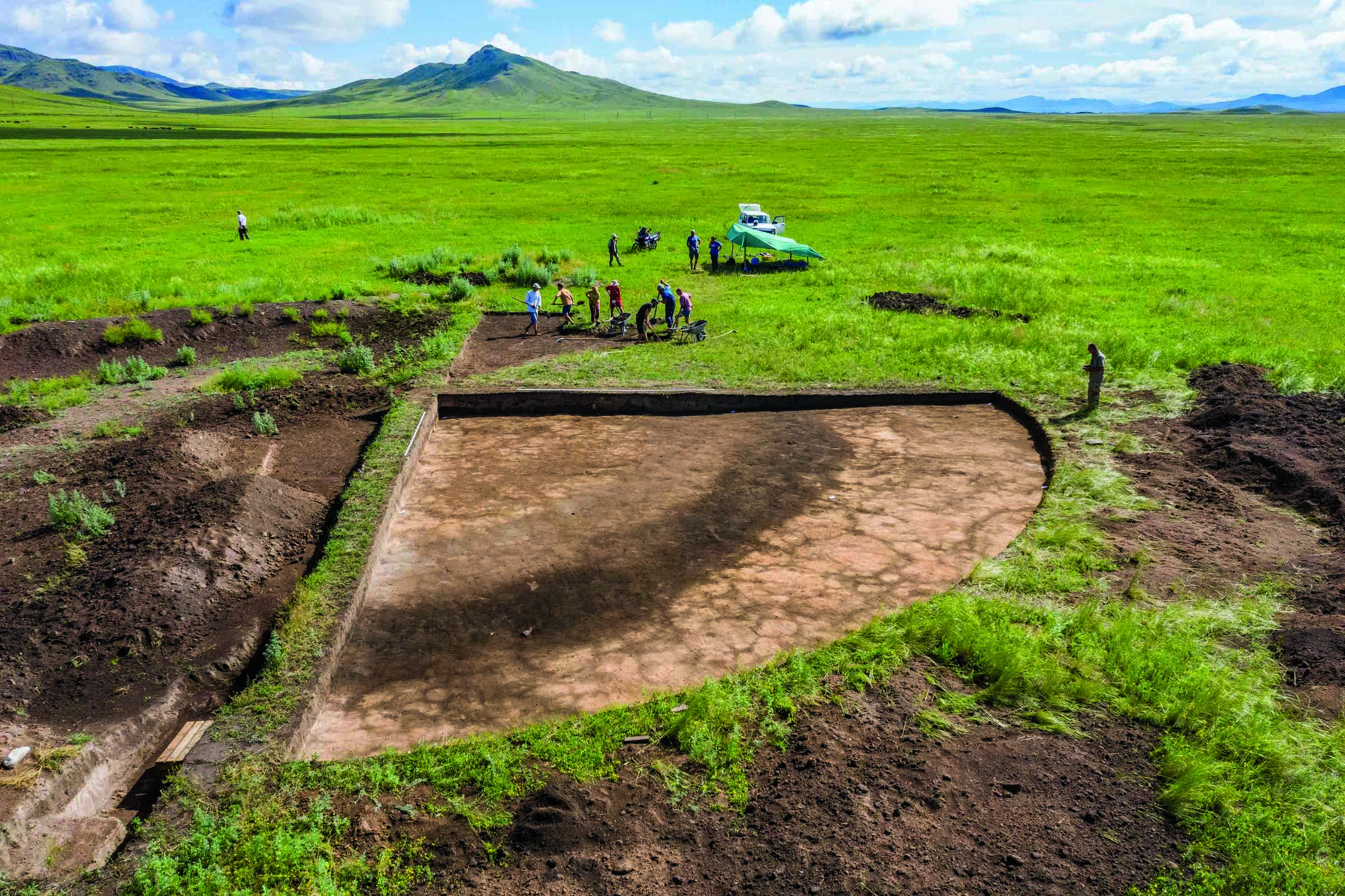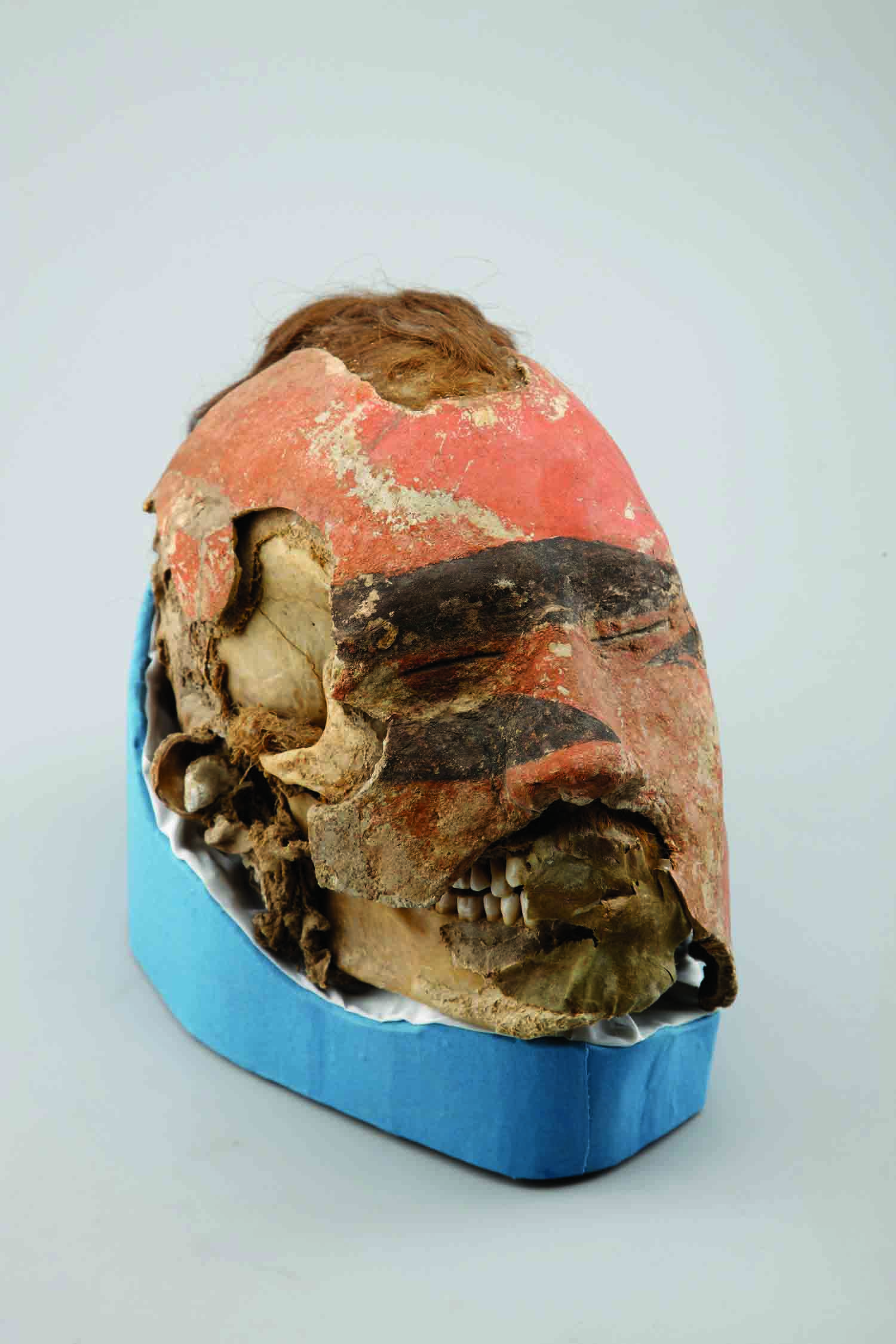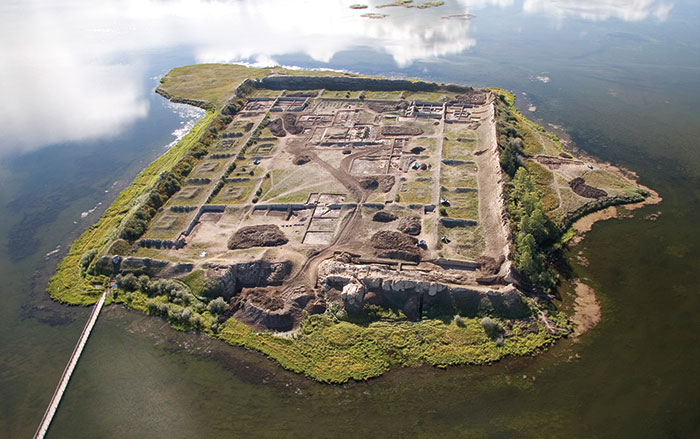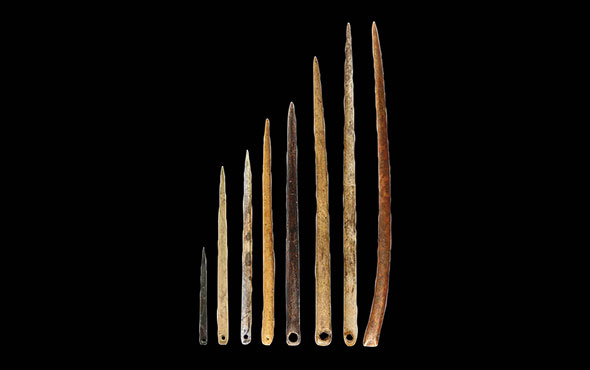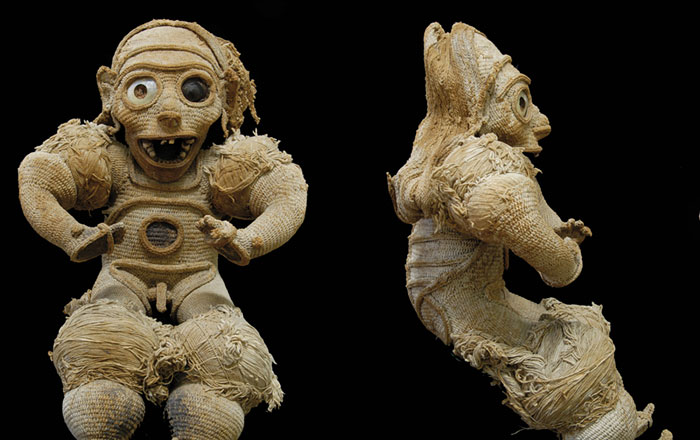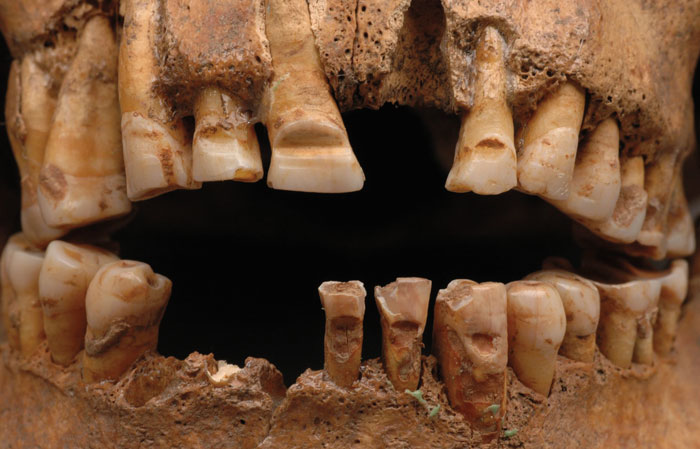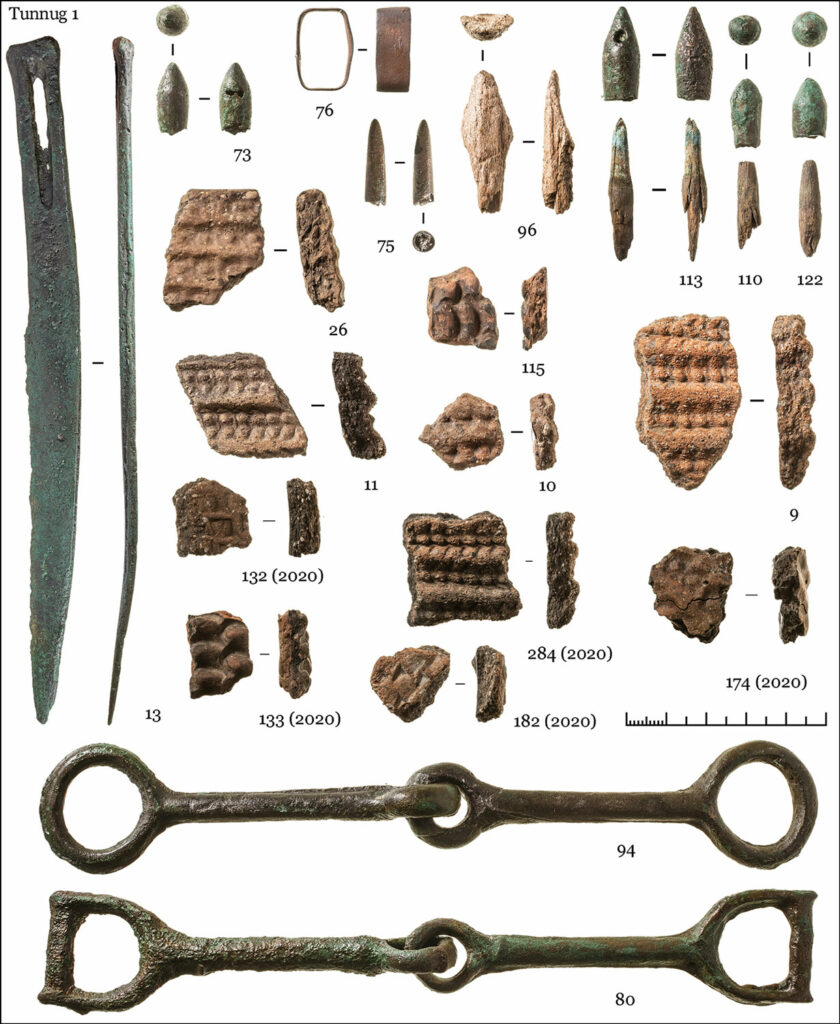
JENA, GERMANY—The Scythians who lived in Central Asia and Eastern Europe some 2,500 years ago may have had roots in Siberia, according to a Science News report. At the Tunnug 1 burial mound in southern Siberia, archaeologist Gino Caspari of the Max Planck Institute of Geoanthropology and his colleagues uncovered the poorly preserved remains of at least one person and 18 horses that had been placed on top of a royal tomb. The excavators also recovered horse-riding gear, metal and bone arrowheads, and two bronze belt fittings bearing decorations of stylized animals like those found on Scythian artifacts. The ancient Greek historian Herodotus described the burial of a Scythian king whose tomb in Eurasia had been topped with 50 sacrificed servants mounted on 50 sacrificed horses held upright with stakes driven through their bodies. Caspari suggests that birch stakes found at Tunnug 1 could point to a similar display of so-called “spectral riders” in Siberia. “Cultural characteristics found at this early burial became key to the culture of Scythians much further west,” Caspari concluded. Read the original scholarly article about this research in Antiquity. For more, go to "Rites of the Scythians."


